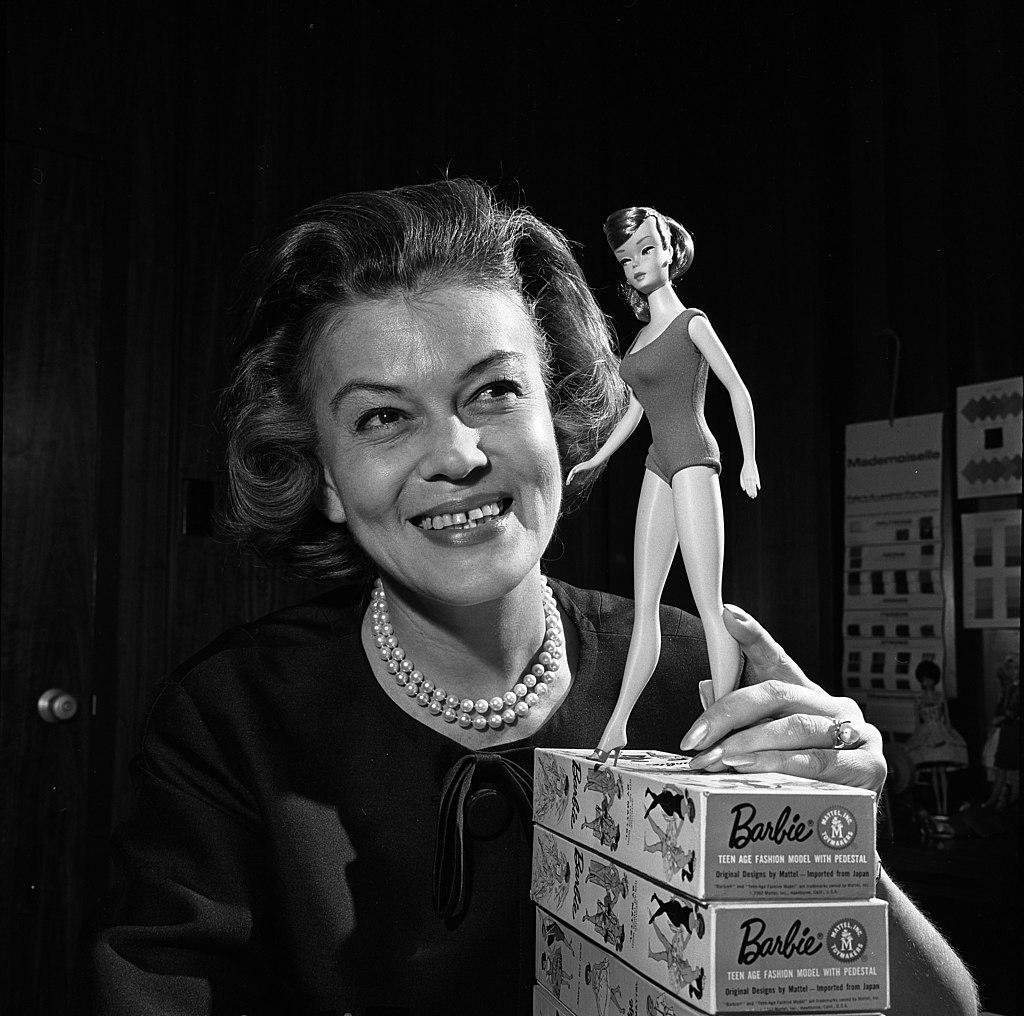The “Barbie” movie phenomenon has been written about extensively, from the conversations about femininity and feminism that it’s generated to its massive billion-dollar box office haul. It’s THE movie of the summer, and with “Oppenheimer,” is revitalizing the movie theater industry, which hasn’t fully recovered from pandemic-related shutdowns.
But what are lessons that we as communicators can take from this summer’s big cinematic hit as we work to spark change?
Let’s start by acknowledging some advantages that Barbie’s parent company Mattel and the movie company Warner Bros had:
- Nearly 100% brand awareness built over the last six decades.
- A $145,000,000 production budget for the movie.
- A $150,000,000 marketing budget.
- A good movie to promote.
But it wasn’t all beach and dream houses for Mattel. The Barbie brand was facing serious challenges including falling sales, decreased cultural relevance, and increased competition from American Girl and Bratz. Advocacy organizations are confronting similar obstacles to achieving their goals, including a difficult fundraising environment; declines in membership; and the increasing number of urgent issues, from right-wing attacks on democracy to climate change, that we are dealing with.
Here are four takeaways from Mattel’s success with “Barbie.”
- Strong brands are built over time
 Barbie’s first clothing designer Charlotte Johnson with 1965 Barbie model.
Barbie’s first clothing designer Charlotte Johnson with 1965 Barbie model.
Barbie didn’t become Barbie, the global sensation, overnight. She was created in 1959 by Ruth Handler, co-founder of Mattel. Since then, the company has invested heavily in building a dynamic brand “to inspire and nurture the limitless potential in every girl.”
In similar fashion, nonprofits should get clear on what it is they’re trying to achieve and then make a similar commitment to building a strong brand that people want to be a part of.
- Focus on what makes you distinct
There is no mistaking the Barbie pink for anything other than the signature color of the world’s most famous doll. And in the movie marketing, the marketing team went all in on the hue to make clear that it’s Barbie’s world and we’re just living in it.
Everywhere we turned online and off, there it was on billboards, digital ads, classic Barbie fashions that Margot Robbie brought to life, and strategic partnerships with brands like Airbnb and Progressive Insurance. The marketing team used so much pink painting that there was a shortage.
Just like Ken, nonprofits should figure out what makes them distinct and lean into it. This will help them to more confidently explain why their organizations exist and what they hope to achieve. It could be the cause that they take on, the approach they take to solving the issues, or the unique point of view on how the world will be better once their vision has become a reality.
- Stay relevant by listening to priority audiences
Mattel has struggled with making Barbie relevant in recent years. The movie is part of a larger effort to increase cultural relevance in a world that’s rapidly changing and becoming more diverse. To make the brand relevant for today, Mattel had to get clear on who its priority audiences are, what those audiences think and what they want. In the movie, the brand stands for female empowerment in a way that makes it relevant to today’s audiences.
Nonprofit leaders should let go of the notion of a “general audience”; decide whom they can engage to help them achieve their missions; and through research get to know their audiences far beyond the demographic basics of age, race and gender. Then nonprofits should create campaigns that invite individuals to participate in ways that enable them to express who they are.
- Tap into different communities and interests
Mattel wanted to get people playing with and talking about Barbie. To do this, it tapped into the power of community and what people are passionate about. In Washington, a brand team marched in the Pride Parade with a banner and the day-glow rollerblades from the movie. With the viral selfie generator, Mattel staff gave people the chance to put their personal spin on the film’s “This Barbie is a …” character posters. To reach gamers, Mattel partnered with Xbox on a gaming controller and console.
Nonprofits often forget about the classic organizing mantra “meet people where they are” in the day-to-day struggles of running organizations in challenging times. Most nonprofits won’t have budgets the size of movies, and that’s OK. There are real takeaways that can help them be more impactful with their work. These are four of them.
